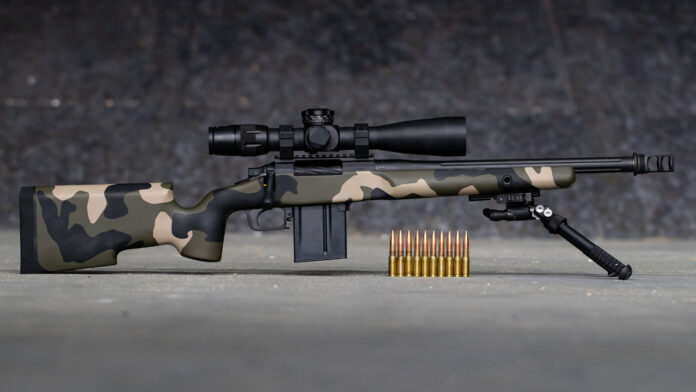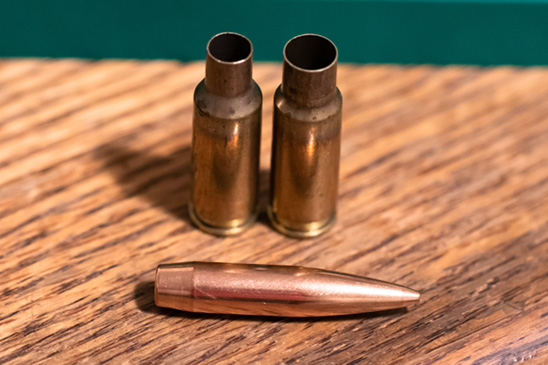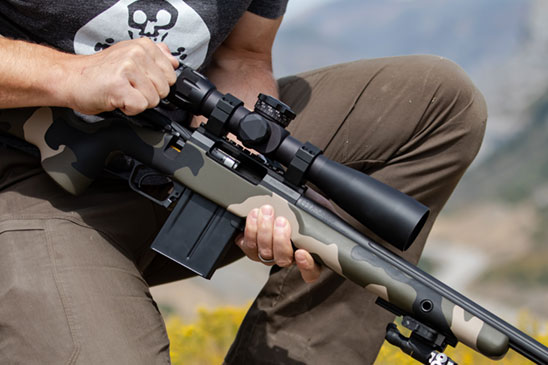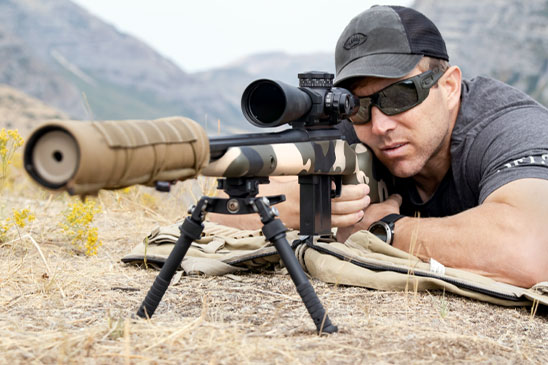For years I was of the belief that working with non-standard or wildcat cartridges was a waste of time. With so many great high-performance cartridges on the market, why would anyone want to deal with the inconveniences of fully custom rounds? The increase in performance is hardly worth the hassle of limited commercially available ammo and having to create custom reamers and dies. That is until I went down the rabbit hole of shooting subsonic 338 rounds through my Thunderbeast 338 BA.

At the time, commercially available subsonic 338 didn’t exist or at least from any sort of mainstream source. I considered loading subsonic 338 Federal but didn’t like the large case capacity. I considered 338 Specter but didn’t like the non-standard bolt face. I considered a whole bunch of wildcat options but finally settled on the 338 BR which is also known as 338 Whisper. I like that it has a standard 308 bolt face, small case capacity, and brass could be easily formed from available 7mm BR brass.
With the cartridge selection complete, the next action item was barrel selection and twist rate. To determine a suitable twist rate I used the stability calculator on the Burger Bullets website. This tool lets you enter the bullet parameters, velocity, and twist rate to come up with a range of stability. This will give you a pretty good idea of where you want to be. I went with 1:6.5 and consulted a few friends in the industry before finally ordering from K&P Barrels.
With the barrel ordered I was fully committed to the project and I ordered reloading dies from C4HD, had a custom chamber reamer made by PT&G, and picked up a good supply of 7mm BR brass from Peterson Brass.
The rifle was built by Alamo Precision Rifles down around Hurst Texas and it’s powered by the Defiance Machine Ruckus action. This is my first rifle built on a Defiance action and I couldn’t be happier. One thing I worried about was the reliable feeding of the odd shaped cartridge but this action had no problems. I did find that I had to be careful loading 10 round mags for reliable feeding but the 5 round mags did great. It was more of a mag geometry issue than anything to do with the action.
The barreled action has a Timney Triggers Calvin Elite and sits in a bedded Grayboe Renegade stock. The Renegade is a solid fiberglass / epoxy stock with a classic McMillan A5 profile. This stock had flush cups installed by Alamo Precision before they sent it off for paint. The build is topped with a US Optics FDN 17 which gives me a little over 90 MOA of internal adjustment with my 2O MOA base and an additional 60 MOA in the reticle.
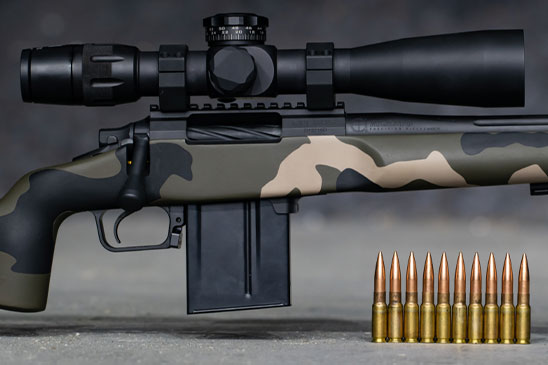
With the rifle complete it was time for some load development which required the help of Quickload and some input from a few experienced friends. After trying several powders I’ve used for subsonic 300BLK, I ended up with Vihtavouri N32C (Tin Star) for full case capacity and full powder burn. The other options like Reloader 7 or AA 1680 didn’t give me a case fill that I felt good about and ended up with mixed results. What I finally ended up with is a 300 grain Lapua Senar going 1060fps with an SD of 8 over a 15 shot string. Once i dialed in seating depth I was able to get several 5 shot groups between .75 and 1 inch. Not what I was expecting but apparently that’s pretty decent for subsonic reloads.
With load development complete It was off to the range to stretch the legs and see how the calculations hold up. I had a couple of range sessions out to 300 yards and had no problems connecting. The first time out with a camera I went for 400 yards and was about 20 MOA low. I adjusted and took some direction from my spotter and was able to connect after a few shots. I couldn’t understand why the calculation was so far off and began playing with my inputs. The wind picked up quite a bit and I didn’t have time to troubleshoot before heading home.
I ended up trueing the ballistic coefficient rather than velocity because I had the published supersonic BC entered in the calculator. Adjusting that input and switching to the Shooter Ballistic app seemed to work and we headed back out for another session out to 500 yards. After a quick zero-confirmation at 100 yards, we went right out to 500 and dialed it right in. It took 2 shots to get on and then went 3 in a row. The goal was 500 and time didn’t let us take it any further but we will at some point.
For those who want the numbers. It took 64.5 MOA to get out to 500 yards with a flight time of 1.5 seconds. Velocity on target is calculated at 941fps and 590ft-lbs of energy for the 300 Grain Lapua Senar.
Next project is to see how far we can take it. If I max out the scope adjustment I should be able to hit 650 and If I use the reticle for the rest then 950 should be within reach. Strapping on a Charlie TARAC or a Nightforce Wedge Prism will let us go even further. With all the tools available, I know 1000 yards is absolutely possible with an approximately 160 MOA of needed elevation.
Overall this has been a successful project that I’m glad I invested the time and energy into. A lot of people ask me what’s the purpose of the build and I don’t know if there is a practical purpose, other than maybe quiet hog hunting. I do know that I learned a lot and everyone who shoots it smiles and gets a good laugh. This was a really fun project to see through and if all I get is a quiet rifle that makes people laugh, then that’s a good enough purpose for me.

